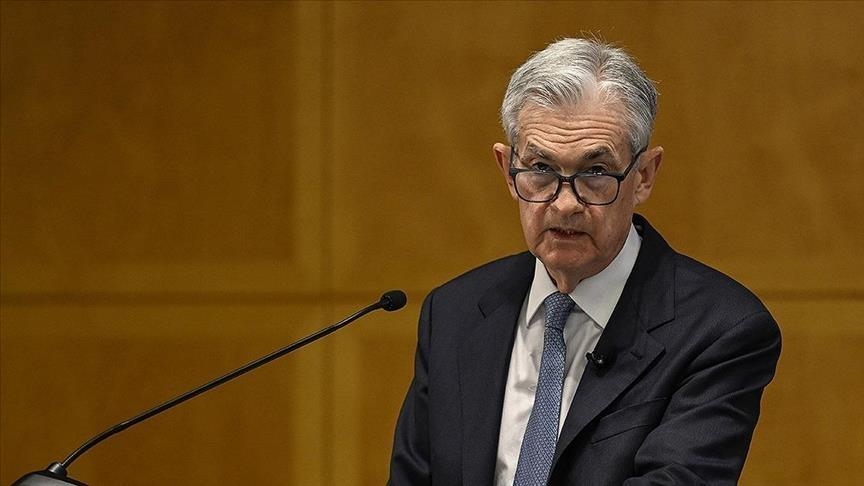Will the Fed cut rates with more caution?
When the FED launched itself into its easing cycle with a large 50-bps rate cut in September, it left many surprised, including ourselves.

As many analysts noted ahead of the September 18th FOMC meeting, the Fed just about always starts policy cycles off with modest rate changes, usually 25-bps and then builds these up if needed. Even the last rate hike cycle, which turned out to be the most aggressive for many decades, started with a 25-bps hike. The only notable exceptions happen when there is a crisis, like CCOVID-19 when rates have to be slashed in double-quick time. To some, the difference between starting the easing cycle with a 50-bps cut rather than 25-bps is neither here nor there, especially when the Fed was starting from such a high rate of 5.50%. But it is important to us.
First of all, we saw it as a surreptitious attempt by Fed members to aid President Biden in the election race, not because members are Democrat supporters but because members individually, not collectively, decided that they would rather see the status quo continue after November 5th than the chaos that seemed likely under a second Trump term.
In other words, members did not act politically and collaboratively with a capital ‘P’ by favouring one party over another, but politically and individually with a lower case ‘p’ as members showed a preference for democracy over the alternative. The decision to scale the next rate cut down to 25-bps just a few days after the election only served to raise our concern.
But why go over this now? Surely, it is water under the bridge. But it is important because the damage seems to have been done, and now, not long after that 50-bps cut, FOMC members are already backtracking somewhat. For instance, FOMC members said in September that their best guess of the ‘neutral rate’ is 2.9%, which was just a tenth above the prior forecast. But now we’re seeing more members say that the neutral rate could be much higher than previously thought. Fed Governor Bowman was the last to comment on this just this week.
In the Standard Bank’s view, going gung-ho into an easing cycle only then to start showing some reservations just a few months later smacks of bad policymaking. Importantly, the market seems to have a sense of this as well because long-term yields have surged since the September 18th rate cut, and, equally importantly in our view, this has come not just from less aggressive rate cut expectations in the market, but a rise in the term premium as well.
“We dare say that many ascribe things like the rise in long-term yields and the term premium recently, as well as breakeven yields as being due to the election outcome. We don’t doubt that this has been a factor as well. But these increases did not start with the election outcome; they started when the Fed cut rates 50-bps, against most peoples’ expectations. In short, it seemed as if the market was saying that the Fed had acted in a way that was somewhat unnerving back in September,” said the Standard Bank.
So where are we left now? Possibly in a risky position if the market thinks that we have a Fed that’s a bit too trigger happy with rate cuts and an incoming president that not only aims to ramp up the economy (with tax cuts) and inflation (with tariffs and mass deportations), but will put pressure on the Fed to ease if the Bank suddenly stops. In short, it seems to be a recipe for higher bond yields and steeper curves. So far, 10-year treasury yields have only neared the bottom of the 4.5%-5.0% target range that we have had in place since the election. The Standard Bank still looks for an increase into this range and would certainly not rule out that 5% could be tested and broken. In fact, there may be more chance of this the harder the Fed goes with its policy easing.








